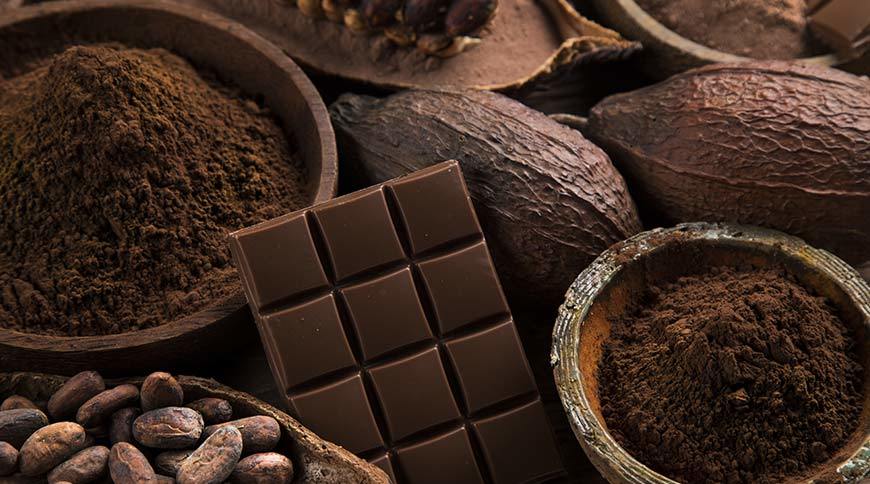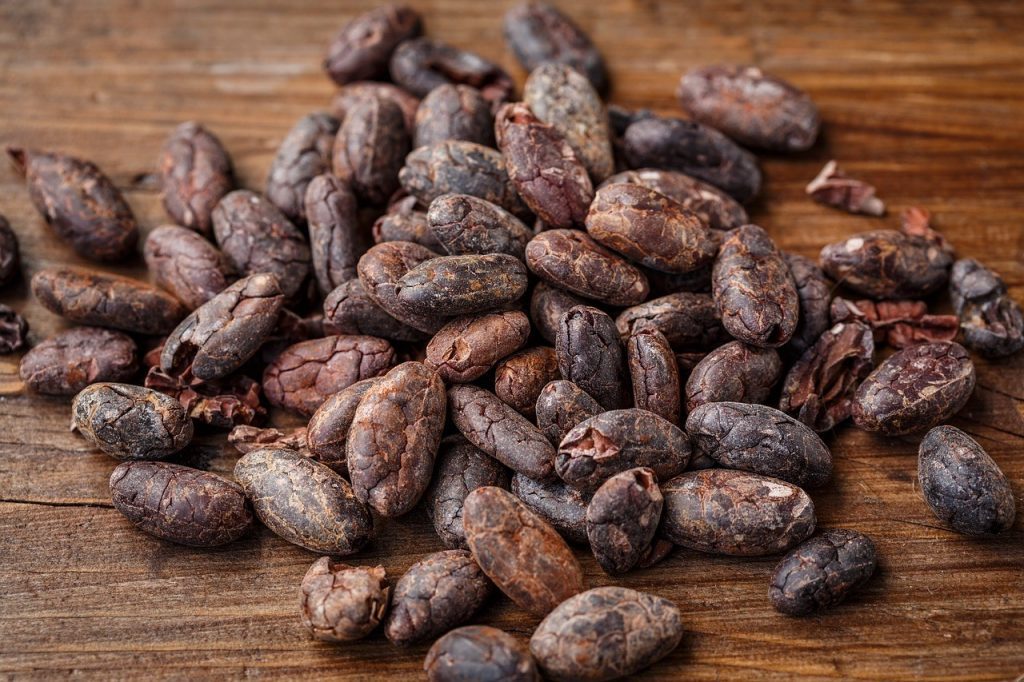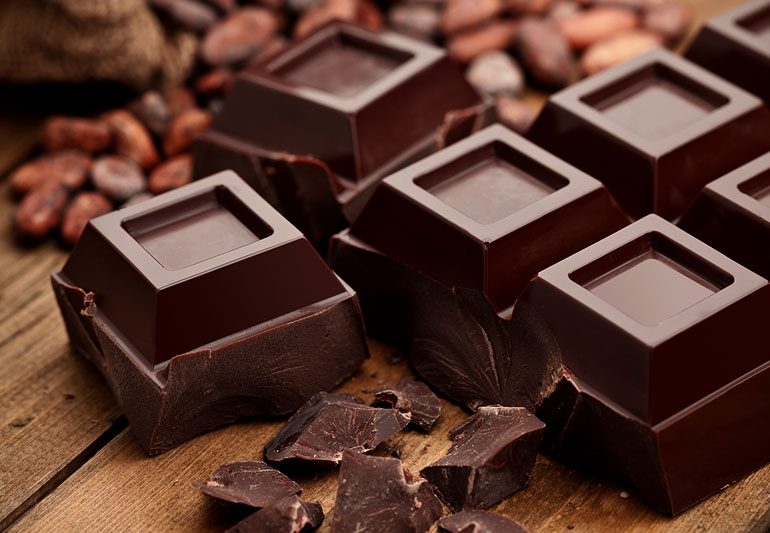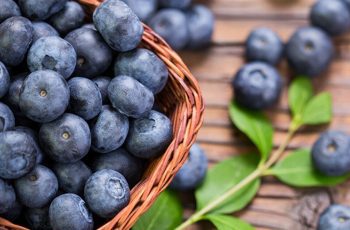
If you have a problem, a bar of solid dark chocolate will always be the answer. No matter your age, you’ll love this sweet treat. White, Milk, and Dark chocolates are the most common, and all three are equally popular. However, in this article, we’ll focus on the benefits of dark chocolate and how it’s become a household name.
Most of the Cacao plant’s cacao beans are sourced from its native habitats in West Africa, South America, and Australia. Chocolate has a 4000-year history that began with the Olmec (a pre-Colombian civilization in Mexico).
When the Industrial Revolution began, it spread across Europe and the rest of the world. Milk chocolate became increasingly popular in Europe, where it was previously only available to royalty and the well-to-do. So they experimented with dark chocolate by adding sugar, milk, and honey to it in rapid succession.
In contrast, it wasn’t until the 20th century that the popularity of dark chocolate was resurrected, highlighting its many health benefits and nutritional value.
Dark Chocolate Nutritional Value:
100 grams of Dark Chocolate having 70-85% cacao content
- Protein: 7.87 g
- Iron: 12.02 mg
- Magnesium: 230.00 mg
- Zinc: 3.34 mg
- Calories: 604
- Carbohydrates: 46.36 g
- Dietary fiber: 11.00 g
- Sugar: 24.23 g
- Fat: 43.06 g
Nutritional Facts:
Since it’s high in antioxidants and flavonoids, it’s an excellent anti-inflammatory and antioxidant for your body. These strategies can all be averted by combining cardiovascular disease, cancer, diabetes, and Alzheimer’s disease.
To reap these benefits, dark chocolate with a cacao content of at least 70% is required. Each day, only 30-40 grams of this sweet treat should be consumed. It is possible to consume too many calories and too much caffeine if one eats more than that. This can lead to nausea, a racing heartbeat, and sleeplessness.
How Dark Chocolate is Made

Theobroma Cacao Tree seeds are used to make chocolate. To make pomegranate wine, the fruit’s seeds are removed and fermented after they’re picked. Then, before roasting and grinding them into powder, they are spread out to dry in the sun.
To make chocolate, the cocoa beans are first ground into a fine powder, then poured into molds and allowed to harden before being sold in the market. The entire process is labor-intensive, complicated, and time-consuming in its traditional form.
In 2019, the global chocolate market had a value of US$ 137.599 billion, making it the largest in the world. A 4.78 percent compound annual growth rate (CAGR) predicts that the market will be worth US$182.090 billion by 2025.
What differentiates dark chocolate from other chocolates?

This chocolate is made in a slightly different way than the rest. While the cocoa liquor, milk powder, and sugar are the same as in other versions, the amounts can vary.
In other words, the cocoa content of Dark Chocolate is typically higher, ranging from 30 to 85 percent. A bittersweet concoction is a primary difference between dark, milk, and white chocolates.
Health Benefits of Dark Chocolate

The benefits of having a sweet tooth can now be found in this bittersweet confection. Numerous studies have demonstrated the nutritional value and potential benefits of dark chocolate.
1. Dark Chocolate Prevents Cardiovascular Diseases
The leading cause of death worldwide is cardiovascular disease (CVD). High cholesterol and high blood pressure are two of the most common causes of this disease. Flavonoids in fruits and vegetables, according to epidemiological evidence, may help prevent cardiovascular disease. Cacao’s high flavonoid content has also been shown to reduce the risk of cardiovascular disease.
The Stockholm Heart Epidemiology Program investigated the long-term health effects of dark chocolate consumption. People who eat dark chocolate are less likely to die from heart disease than those who have never had it. As a result, flavanols may act as cardioprotective agents when consumed in sufficient quantities.
2. Dark Chocolate Lowers Blood Pressure
The Harvard School of Public Study agrees with an observational study that found a link between cacao consumption and an increase in blood pressure. When lowering blood pressure, dark chocolate (50-70 percent cocoa content) has a compelling medicinal profile (flavonoids).
Nitric oxide production is also aided by flavonoids, which stimulate the endothelium (the thin membrane inside the heart and blood vessels responsible for managing vascular contraction and relaxation). As a result, the release of Nitric Oxide causes blood vessels to expand, increasing blood flow and lowering blood pressure. Because of this, it can be a cheap and effective method of controlling blood pressure in hypertensive individuals.
3. Dark Chocolate Resists Cell Damage
Antioxidant-rich dark chocolate is widely available. Defending the body’s cells from oxidative damage is the job of these antioxidants. During stressful situations, the body produces molecular species known as free radicals as a byproduct of metabolism.
Increases in free radical levels that are sustained over time, on the other hand, maybe harmful. Free radicals are inhibited, and cells can better resist damage when antioxidants are present. Cancer and Alzheimer’s disease can both be improved with it.
Antioxidants in this food have been found to have anti-inflammatory properties, which may help to prevent or reduce vascular inflammation, according to a review.
4. Dark Chocolate Treats Depression
Additionally, dark chocolate has reduced the risk of developing depression. People who eat less than 24 grams of dark chocolate a day appear to be less depressed.
The flavonoids (known to improve mood), theobromine (which provides energy), N-acylethanolamines (a fatty acid with a euphoric effect), and phenylethylamine present in this can help alleviate depression (triggers dopamine).
This extensive study lasted from 2007-2008 to 2013-14 and was carried out by the National Health and Nutrition Examination Survey (NHANES). This study examined the link between dark chocolate and depression in 13,626 US-based adults, and the results were rather interesting.
Study findings suggest that dark chocolate consumption may help protect against clinically significant depressive symptoms.
5. Dark Chocolate Works against Diabetes
Polyphenols, a naturally occurring compound with antioxidant properties, are found in dark chocolate. These polyphenols have been shown to reduce insulin resistance. People with Type 2 diabetes may benefit from this regarding blood sugar control.
In addition, a study published in the Appetite journal found that those who eat dark chocolate less than once a week are more likely to develop diabetes in the next five years than those who eat it more frequently.
6. Dark Chocolate Shields the Skin from Sun Damage
It has a positive effect on both your body and your skin. Calcium, iron, copper, magnesium, selenium, manganese, zinc, and vitamins A, B1, C, D, and E abound in dark chocolate.
As well as protecting your skin from the sun, these, along with antioxidants, help reduce redness and soothe blemishes. Anti-inflammatory properties help soothe irritated skin, as well.
7. Dark Chocolate Aids Weight Loss
Moderate consumption of dark chocolate can aid in weight loss. This is because it contains monounsaturated fatty acids to speed up metabolism and burn calories quickly. In addition, when eaten 20 minutes before a meal, dark chocolate helps curb appetites and reduces food cravings.
Dark chocolate contains magnesium and antioxidants that alleviate pain and encourage exercise. Those trying to shed pounds may find this to be an additional help.
Why Dark Chocolate Can Help You Lose Weight

The following are five reasons why dark chocolate should be your go-to dessert every day:
Improves metabolism: Monounsaturated fatty acids, or MUFAs, are found in dark chocolate, which boosts metabolism and helps you burn calories more quickly. According to a study done at Queen Margaret University in the United Kingdom, chocolate affects how our body synthesizes fatty acids and reduces the absorption of fats and carbs.
Prevents insulin spike: As a result of the healthy fats in dark chocolate, the absorption of sugar into the bloodstream is delayed, which contains the insulin spike that carries sugar into your fat cells. When high insulin levels stifle your body’s fat-burning system, your hunger pangs return.
Curbs cravings: Dark chocolate, according to University of Copenhagen researchers, curbs cravings for sweet, salty, and fatty foods by making you feel full longer. Eating chocolate 20 minutes before and after meals can reduce your hunger by up to 50 percent, according to advocates of the “chocolate-friendly” diet. In addition, some nutritionists believe that dieters who indulge in occasional chocolate consumption are more likely to maintain their weight loss.
Encourages exercise: Anti-inflammatory components in chocolate and the high magnesium content may help alleviate pain. Also, getting motivated to work out is easier when you’re in a good mood. Finally, take an ounce of dark chocolate at night to mitigate post-workout pain.
Gives a happy high: The health benefits of dark chocolate aren’t limited to weight loss. Advocates of dark chocolate claim it provides a “happy high” as well. Consumption has been linked to lower stress levels, better sleep, and lower blood pressure and cholesterol. In addition, antioxidants in dark chocolate help protect our cells from damage caused by free radicals.
Just be aware that a 100-gram bar of chocolate has a whopping 546 calories, so think twice before reaching for it. Also, only an ounce (or about 28 grams) of dark chocolate a day is recommended by nutritionists.
Side Effects of Dark Chocolate
About 20-25 milligrams of caffeine are present in an ounce of 70% dark cocoa chocolate. Therefore, if you eat a lot of dark chocolate, your blood caffeine levels may rise, leading to symptoms such as anxiety, insomnia, nausea, and dizziness.
The recommended daily amount of dark chocolate is between 30 and 60 grams. Consult your doctor if you have diabetes and plan to use this product regularly.
Precautions
- Pregnancy- In moderation, pregnant women can eat dark chocolate. If you eat a lot of dark chocolate while pregnant, you risk increasing your fetus’ caffeine intake. Premature birth, low birth weight, and even miscarriage can result from a high caffeine content. To avoid overconsumption, keep an eye on how much you’re eating. Make an appointment with your physician and take the medication exactly as prescribed.
- Breastfeeding- Mothers who are breastfeeding their children should exercise caution when consuming Dark Chocolate. If the mother eats dark chocolate, her baby may experience sleeplessness, irritability, and even rashes.
- Bleeding Disorders- Consuming a lot of dark chocolate can also slow the clotting process, leading to bleeding disorders. People with bleeding disorders or hemophilia should avoid it.
- Palpitation- If you eat a large amount of dark chocolate, you may notice an increase in your heart rate and blood pressure.
Summary
A growing body of research suggests that dark chocolate may have health benefits. However, this does not imply consuming more than the manufacturer’s recommended dose. Only if consumed in moderation will it be beneficial. So while savoring the taste, you’ll be reaping the benefits of dark chocolate.




